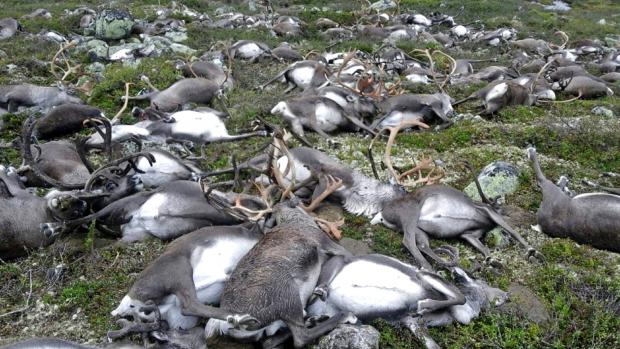
Breaking News
 At Least 10 Children Killed by Israeli Drones While Waiting Outside Clinic for Medical Aid and Food
At Least 10 Children Killed by Israeli Drones While Waiting Outside Clinic for Medical Aid and Food
 IRS Gives Churches Blessing to Endorse Candidates
IRS Gives Churches Blessing to Endorse Candidates
 17 Out-Of-Place Artifacts That Suggest High-Tech Civilizations Existed Thousands (Or Millions)...
17 Out-Of-Place Artifacts That Suggest High-Tech Civilizations Existed Thousands (Or Millions)...
Top Tech News
Magic mushrooms may hold the secret to longevity: Psilocybin extends lifespan by 57%...
 Unitree G1 vs Boston Dynamics Atlas vs Optimus Gen 2 Robot– Who Wins?
Unitree G1 vs Boston Dynamics Atlas vs Optimus Gen 2 Robot– Who Wins?
 LFP Battery Fire Safety: What You NEED to Know
LFP Battery Fire Safety: What You NEED to Know
 Final Summer Solar Panel Test: Bifacial Optimization. Save Money w/ These Results!
Final Summer Solar Panel Test: Bifacial Optimization. Save Money w/ These Results!
 MEDICAL MIRACLE IN JAPAN: Paralyzed Man Stands Again After Revolutionary Stem Cell Treatment!
MEDICAL MIRACLE IN JAPAN: Paralyzed Man Stands Again After Revolutionary Stem Cell Treatment!
 Insulator Becomes Conducting Semiconductor And Could Make Superelastic Silicone Solar Panels
Insulator Becomes Conducting Semiconductor And Could Make Superelastic Silicone Solar Panels
 Slate Truck's Under $20,000 Price Tag Just Became A Political Casualty
Slate Truck's Under $20,000 Price Tag Just Became A Political Casualty
 Wisdom Teeth Contain Unique Stem Cell That Can Form Cartilage, Neurons, and Heart Tissue
Wisdom Teeth Contain Unique Stem Cell That Can Form Cartilage, Neurons, and Heart Tissue
 Hay fever breakthrough: 'Molecular shield' blocks allergy trigger at the site
Hay fever breakthrough: 'Molecular shield' blocks allergy trigger at the site
How Lightning Can Kill 300 Reindeer With One Strike

More than 300 reindeer corpses were found piled up and strewn across the mountainside, in a natural massacre that Norwegian officials are calling the deadliest lightning strike in their country's history. Of course, lightning strikes are not uncommon, nor are animals getting killed by them. Sheep, cattle, bison, geese, elephants, and even seals have been struck down by the dozens. So it's really the scale of the Norway event that is puzzling experts.
At this time, the Norwegian Environmental Agency has not released details of the investigation, but some scientists are formulating a few theories of their own. And they all involve some very basic principles of electromagnetism.
When Glenn Shaw saw the news from Norway over the weekend, he felt deja vu. A now-retired lightning researcher, he remembered being in a helicopter flying over the Alaska Range back in 1972 and coming upon a similarly grisly scene: 53 dead caribou on the side of a mountain.

 WHAT HAPPENED TO TRUMP?
WHAT HAPPENED TO TRUMP? AI Getting Better at Medical Diagnosis
AI Getting Better at Medical Diagnosis

